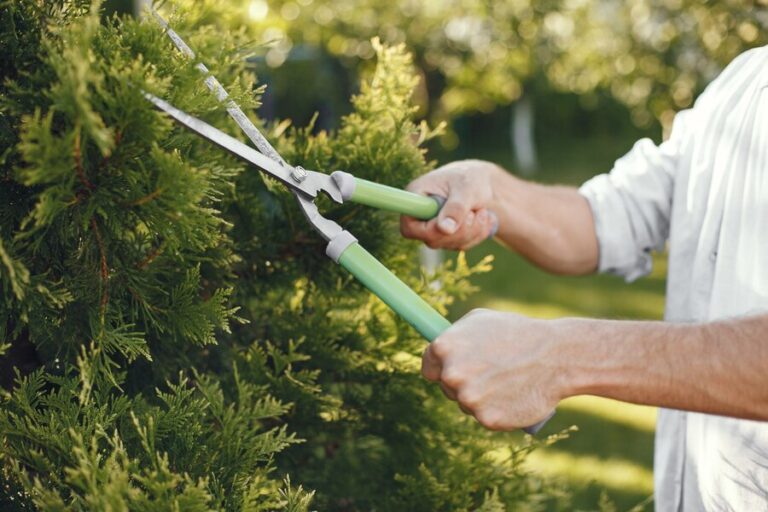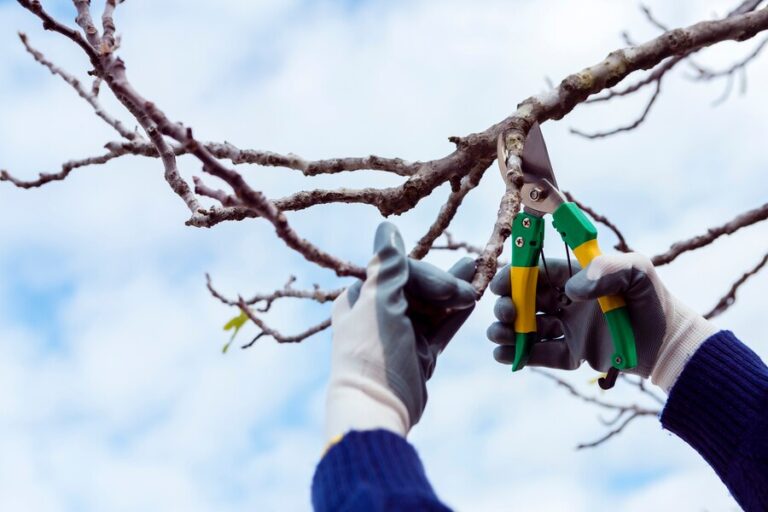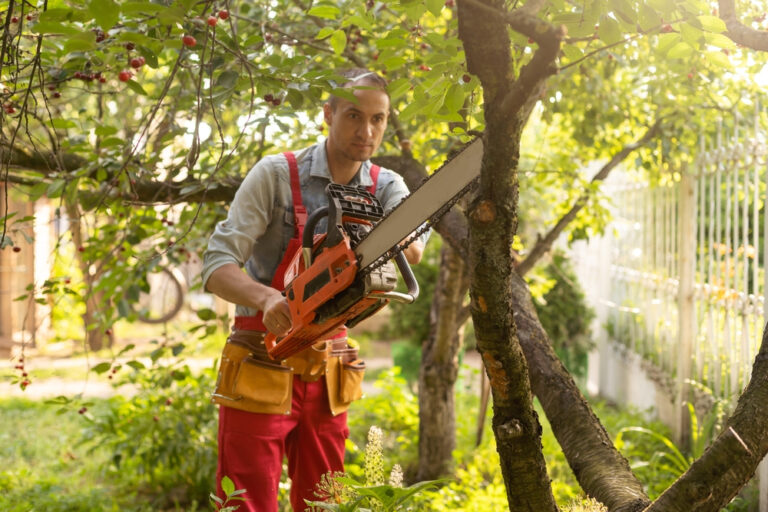Beautiful additions to any garden or landscape are ornamental trees. They improve the look of your house, offer shade, and help the environment to be generally healthier. But knowing how to prune these trees correctly can help them to remain healthy, attractive, and growing. This tutorial will go over the value of pruning ornamental trees, various trimming methods, ideal periods for pruning, and the tools you will need to do the task.
The Importance of Proper Pruning for Ornamental Trees
Pruning ornamental trees has purposes beyond only cosmetic ones. Their general health, form, and lifetime depend on it. Good cutting facilitates:
- Promote Healthy Growth: Frequent pruning eliminates diseased or dead branches, so enabling the tree to develop stronger and better.
- Improve Aesthetics: A tree kept in good condition will improve the appeal of your garden.
- Increase Safety: Eliminating weak or damaged branches lowers the possibility of limb falls during storms, therefore damaging property or injuring individuals.
- Encourage Flowering and Fruit Production: By timing specific kinds of trees’ pruning, one can assist them grow more fruit and bloom more brilliantly.
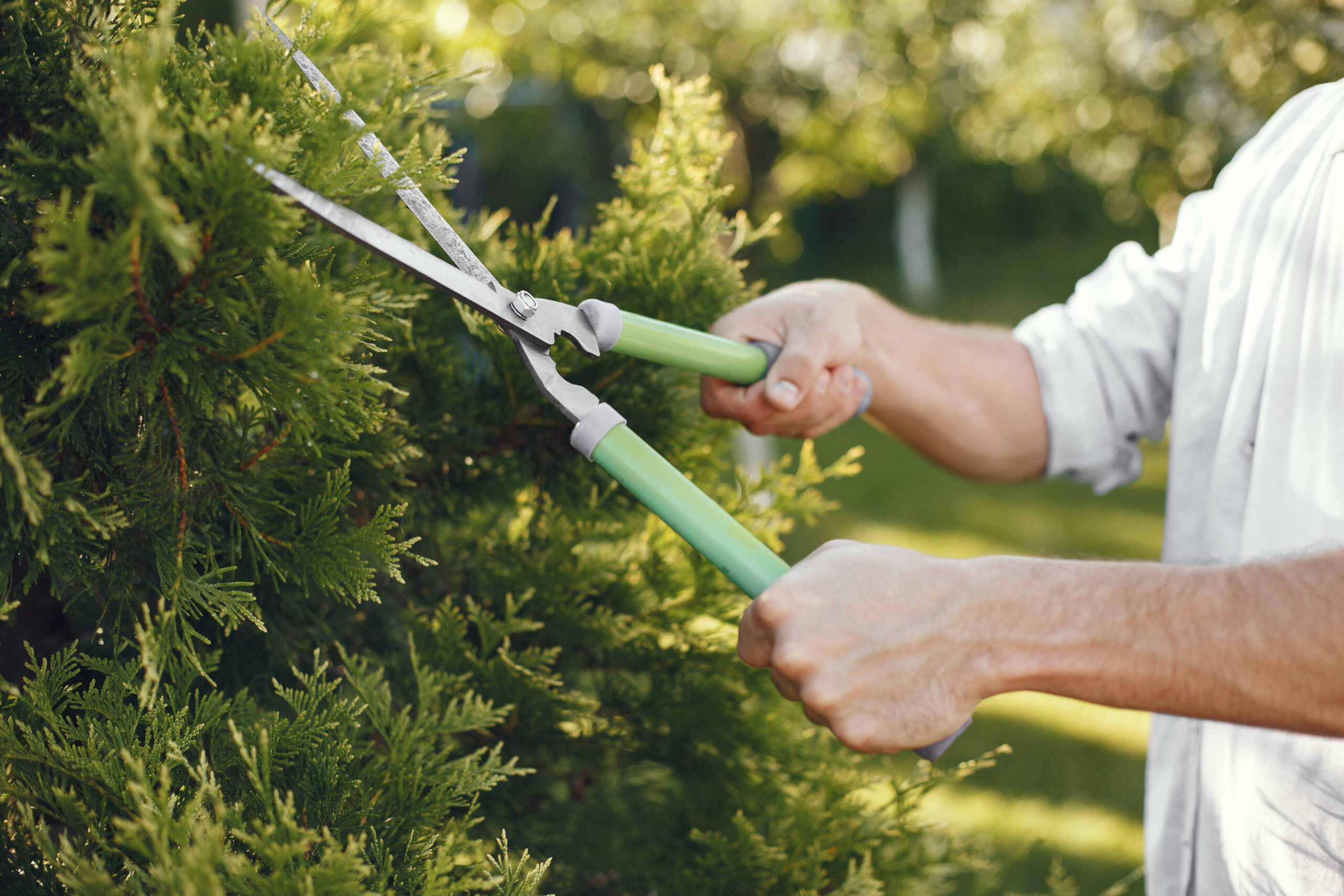
The Goals of Ornamental Tree Trimming
There are some main objectives to bear in mind while cutting decorative trees:
- Maintain or Improve Shape: Trim to shape the tree and ensure it grows in a desired direction.
- Remove Diseased or Dead Branches: Repair damaged areas to advance wellness.
- Encourage New Growth: Some trees become fuller or busher after cuts that induce fresh growth, therefore enhancing their appearance.
- Improve Airflow and Sunlight: By letting light and air access every section of the tree, thinning it helps it remain healthy.
Basic Pruning Techniques
Pruning calls for several kinds of cuts. Every cut has a specific intent and should be done carefully to not damage the tree.
Pruning Cuts
- Cutting to a Bud: Make an incision close to a bud always just above the bud to leave a little gap. The bud will be pushed to develop into a fresh branch or shoot by this.
- Cutting to a Lateral Branch: A lateral branch is a side branch arising from the main stem. Cutting to a lateral branch helps the tree to develop in a more harmonic and natural form.
- Cutting Flush with a Branch Collar: The swelling space where the branch meets the trunk is known as the branch collar. Cut just outside the collar always to prevent harming the tree and to enable faster healing.
Timing of Pruning
Various tree pruning chores are best done at different times of year. The health of your tree can be much improved by knowing when to cut.
- Winter Pruning: Various pruning chores are best done at different times of year. The health of your tree can be much improved by knowing when to cut.
- Summer Pruning: Summer is ideal for getting rid of unwelcome suckers or growth that sprouts up around a tree’s base. Steer clear of summer severe trimming since it strains the tree.
- Spring Pruning: For trees that bloom on fresh wood, such as some flowering trees, pruning early spring, just before the growing season starts, is best. This guarantees that you won’t eliminate any buds just ready to bloom.
Specific Trimming Techniques for Ornamental Trees
The kind of decorative tree you have will determine the required trimming method.
Heading Back
Returning calls for branch tip cutting back. This serves in:
- Encouraging Bushier Growth: Cutting back the top of a branch motivates the tree to develop new branches from that location. This helps produce more volume-driven, fuller trees.
- Controlling Height and Width: Returning can also assist to prevent the tree from spreading too far out and aid to maintain its reasonable height.
Thinning
Usually from the interior of the tree, thinning entails cutting whole branches. This serves:
- Improving Light Penetration and Air Circulation: Opening the canopy lets sunshine and air reach more parts of the tree, so promoting its development by strength and health.
- Preventing Overcrowding: Thinning helps to prevent branches from rubbing against one another, so preventing wounds and maybe illness.
Selective Pruning
Thinning helps to prevent branches from rubbing against one another, so preventing wounds and maybe illness.
- Remove Dead, Diseased, or Crossing Branches: These limbs can impede the tree’s proper development and cause disease.
- Shaping the Tree’s Form: The beauty and structure of the tree will be better if you choose which branches to cut carefully.
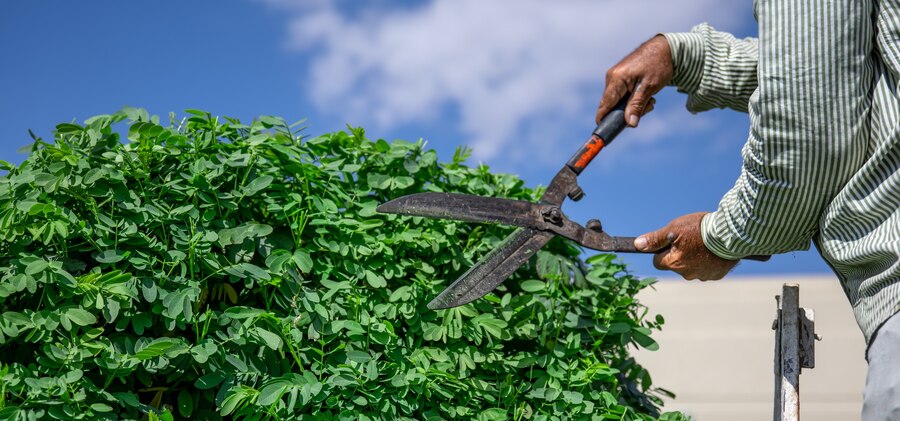
Common Ornamental Trees and Their Pruning Needs
Pruning needs for various kinds of ornamental trees vary. Let us review some such forms together and their particular requirements.
Flowering Trees
- Timing Pruning to Maximize Blooms: For flowering plants, such cherry trees or dogwoods, timing your pruning is absolutely critical. Prune these trees straight following their bloom since pruning before blossoming can remove the flower buds.
- Removing Spent Blooms: Remove the fading blossoms to promote fresh development and enhance the general appearance of the tree.
Evergreen Trees
- Pruning to Maintain Shape and Density: Sometimes trimming helps evergreen trees like pines and spruces stay in shape. Although these trees require little pruning, consistent trimming allows them to remain looking full and healthy.
- Removing Dead or Damaged Branches: Evergreens need have dead or damaged branches taken off like any tree to maintain their strength and disease-free state.
Deciduous Trees
- Pruning to Improve Structure and Health: To enhance their structure, deciduous trees—maples or oaks—should be trimmed. Eliminate any weak branches that can create issues down road.
- Removing Water Sprouts and Suckers: Growing from the base or the trunk, they are little, useless sprouts Eliminating them lets the tree concentrate its energies on healthy limbs.
Tools and Equipment for Ornamental Tree Trimming
You need the correct equipment to safely and efficiently cut your trees. The most often used instruments for pruning are these ones:
- Hand Pruners: Perfect for small branches, hand pruners provide exact cuts on shrubs or trees.
- Loppers: These are used for cutting thicker branches too big for hand pruners since they are bigger than those pruners.
- Pruning Saw: A pruning saw enables neat cuts without injuring the tree while removing bigger branches.
- Pole Pruner: Reaching high branches without a ladder is accomplished with a pole pruner. It lets you make grounded safe cuts.
The Benefits of Proper Ornamental Tree Trimming
- Healthier Trees: Eliminating dead, damaged, or diseased limbs keeps the tree robust and lively.
- Better Growth: Pruning encourages the tree to grow more branches and flowers.
- Improved Aesthetics: Well-kept trees accentuate your property’s and garden’s beauty.
- Safety: Correct pruning and trimming trees helps branches not become problems in storms.
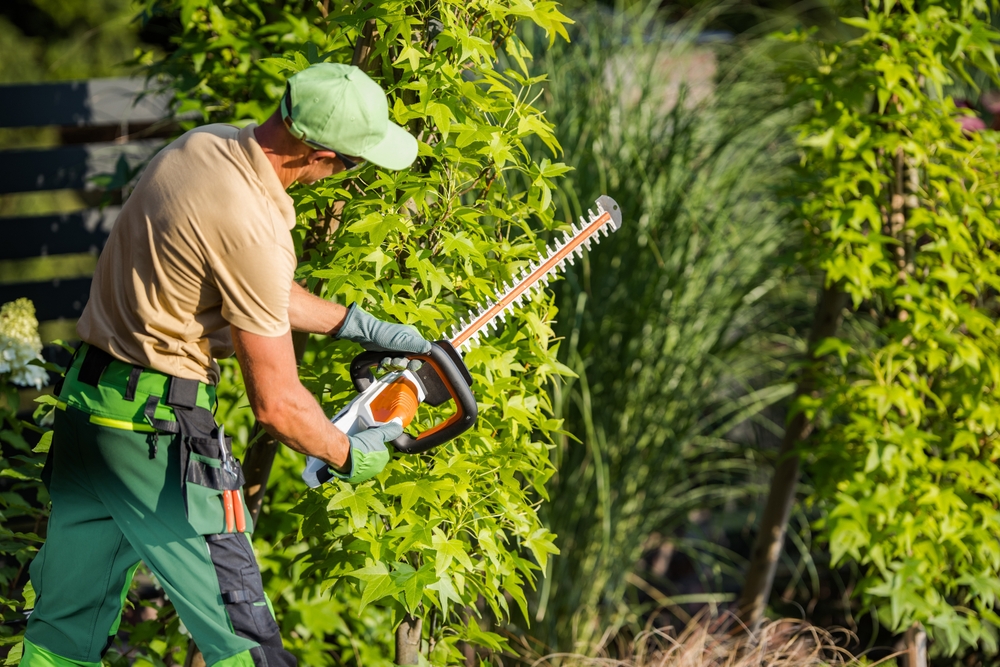
Tips for Maintaining Healthy and Beautiful Ornamental Trees
- Regular Maintenance: Often prune to stop overgrowth and encourage good development.
- Use Clean Tools: Before pruning, always wash your instruments to stop disease transmission.
- Avoid Over-Pruning: Prune just what is absolutely required to prevent straining the tree.
- Observe Your Tree: Watch the way the tree grows, then modify your pruning.
Following these rules will help you to keep your decorative trees lovely, healthy, and a continuous benefit for your yard.
Tree Trimming Richmond
(804) 533-3943
https://treetrimmingrichmond.com/

